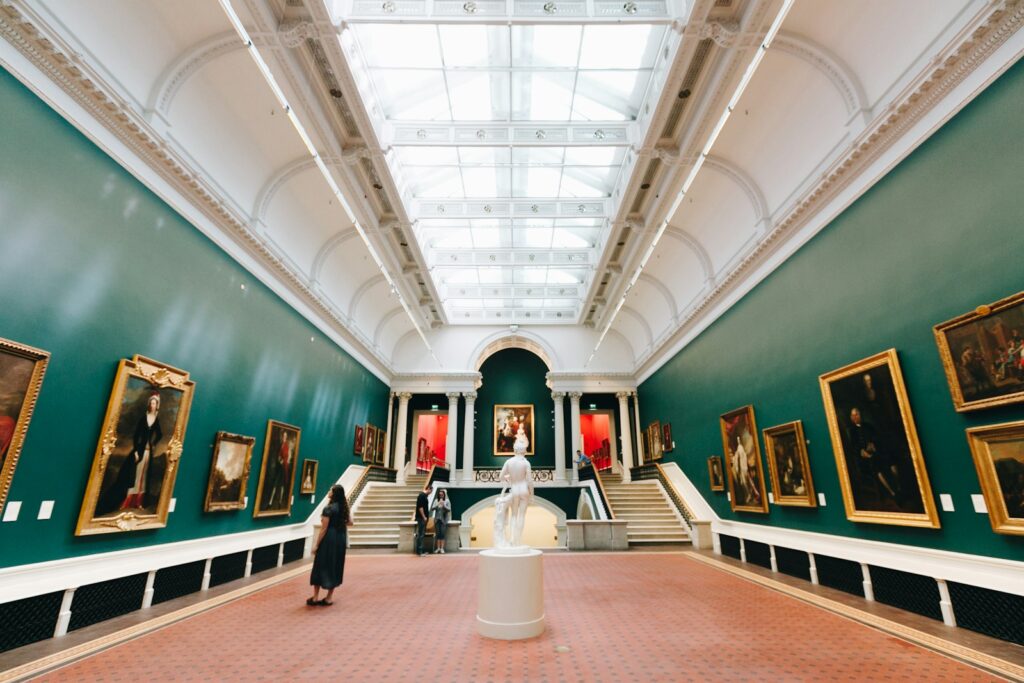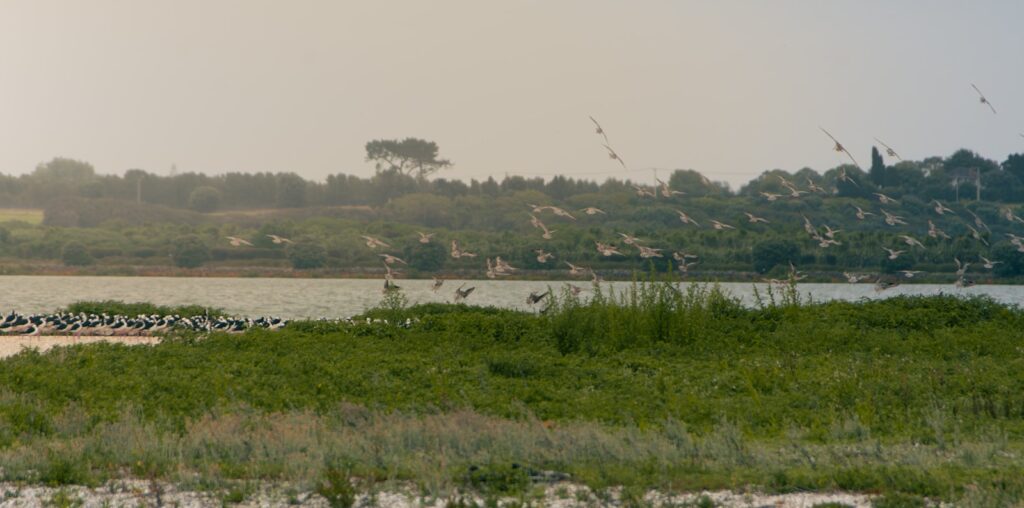Cities, like people, sometimes reinvent themselves. Wars, revolutions, independence movements, or cultural renaissances have inspired name changes that reflect a new identity or erase an old one.
From ancient capitals to modern metropolises, these cities remind us that names hold history, pride, and power. Here are ten famous cities that have changed names, along with the surprising reasons behind their name changes.
Constantinople → Istanbul (Turkey)
Once the seat of the Byzantine Empire, Constantinople was renamed Istanbul in 1930 after the fall of the Ottoman Empire. The name “Istanbul” comes from a Greek phrase meaning “to the city.” The change marked Turkey’s shift toward a modern, secular republic while preserving a link to its Greek and Ottoman past.
See Countries That No Longer Exist for context on borders and empires that vanished from the map.
Bombay → Mumbai (India)
India officially renamed Bombay to Mumbai in 1995 to honor the local Hindu goddess Mumbāī Devī and shed its colonial influence. The new name reflects the city’s Marathi heritage and post-colonial pride, though both names are still used interchangeably around the world.
Peking → Beijing (China)
“Beijing” is the Chinese pronunciation of the name, meaning “Northern Capital.” “Peking” was an old Western mispronunciation that stuck during early foreign contact. The shift to “Beijing” in the late 20th century was part of China’s effort to standardize Romanized spellings through the pinyin system.
St. Petersburg → Petrograd → Leningrad → St. Petersburg (Russia)
This Russian city has had more identities than most. Founded as St. Petersburg by Peter the Great in 1703, it became Petrograd during World War I to sound less German, and then Leningrad after Lenin died in 1924. Following the collapse of the Soviet Union, residents voted to restore its original name in 1991.
Language evolves too. Check out Everyday Words That Used to Mean Something Totally Different.
Edo → Tokyo (Japan)
When the Tokugawa shogunate fell in 1868, Japan’s emperor moved from Kyoto to Edo. The city was renamed “Tokyo,” meaning “Eastern Capital,” symbolizing Japan’s political and cultural transformation during the Meiji Restoration. It’s a shift from feudal isolation to modern power.
Saigon → Ho Chi Minh City (Vietnam)
After the Vietnam War ended in 1975, Saigon was renamed Ho Chi Minh City in honor of the revolutionary leader. Although the new name is official, many locals still affectionately refer to the downtown area as “Saigon.” It serves as a poignant reminder of the city’s rich and layered history.
Salisbury → Harare (Zimbabwe)
Originally named Salisbury under British colonial rule, the city was renamed Harare in 1982, two years after Zimbabwe’s independence. The name comes from Chief Neharawa, honoring the region’s indigenous heritage and reclaiming identity from colonial history.
For more culture-shaping stories, read Cultural Traditions That Seem Strange But Are Beautiful.
Batavia → Jakarta (Indonesia)
Founded by the Dutch East India Company, Batavia was the capital of the Dutch East Indies. After Indonesia gained independence in 1945, the city reclaimed its original Javanese name, Jakarta, symbolizing freedom from colonial dominance.
Christiania → Oslo (Norway)
After a devastating fire in 1624, King Christian IV rebuilt Norway’s capital and renamed it Christiania in his own honor. In 1925, the city restored its medieval name, Oslo, reconnecting with its Viking roots and pre-monarchic history.
Curious how visual identity tells stories too? See How Flags Got Their Colors and Symbols.
New Amsterdam → New York (United States)
Originally a Dutch settlement, New Amsterdam became New York in 1664 when the English took control. The name honored the Duke of York, brother to King Charles II. Though the Dutch name is long gone, traces of its colonial roots remain in neighborhoods like Harlem and Brooklyn.
What’s in a Name?
A city’s name is more than a label. It’s a reflection of its people’s story. Whether reclaiming heritage or embracing change, these transformations show how language shapes identity and how history never truly disappears. It just gets renamed.




